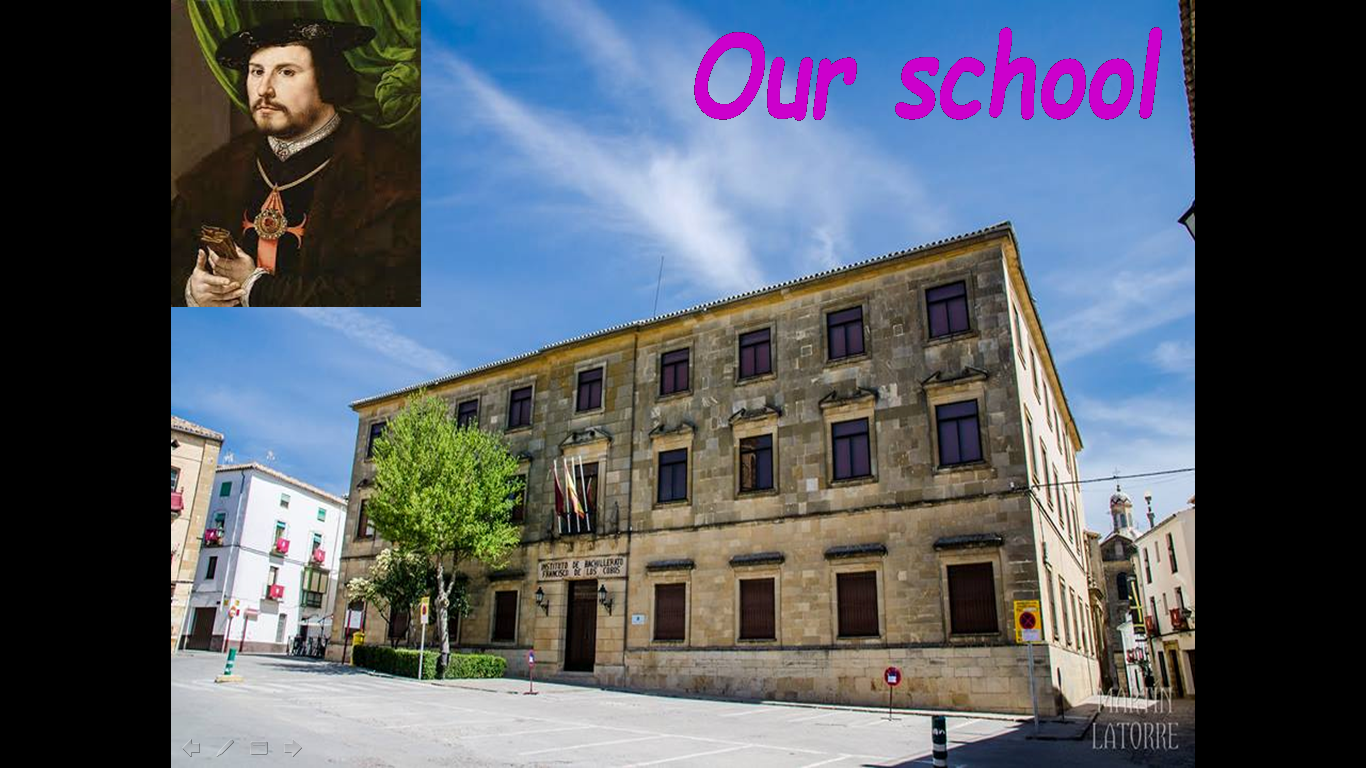Úbeda is a town in the province of Jaén in Spain's autonomous community of Andalusia, with some 36,025 inhabitants. Both this city and the neighboring city of Baeza benefited from extensive patronage in the early 16th century resulting in the construction of a series of Renaissance style palaces and churches, which have been preserved ever since. In 2003, UNESCO declared the historic cores and monuments of these two towns a World Heritage Site.
Úbeda rises out of the Guadalquivir valley, between the folds of a hillock that is surrounded by olive groves, in front of the bluish peaks of the Sierra de Cazorla and the Sierra Mágina. The city, located at a crossroads, acts as a junction that communicates Eastern and Western Andalusia. There a few cities in Spain that better represent the aesthetic and humanist ideals of the 16h century Renaissance. Some of the most important monuments in Úbeda are Santa Maria's square, the Sacred Chapel of El Salvador, the Juan Vázquez de Molina palace, San Pablo's church, etc.
Regarding the historical chronology of Úbeda, we can mention the following eventful centuries:
1212. Battle of las Navas de Tolosa. The city of Úbeda is assailed and sacked.
1233. Fernando III conquers Úbeda.
1492. Úbeda and Baeza provide powerful support to the conquest of Granada.
1535. At the request of Francisco de los Cobos, Pope Paulo III approved a bull to construct the chapel of El Salvador. The building is designed by Vandelvira.
1562. Work is begun on the Palacio de las Cadenas. Six years later, Vandelvira hands the completed building to Juan Vázquez de Molina. Diego de los Cobos draws up the statues of the Hospital de Santiago.
1570. Felipe II visits Úbeda.
1591. San Juan de la Cruz enters Úbeda where he dies on the 14th of December.

Regarding important figures, Francisco de los Cobos y Molina (1480-1547) - our school is named after him- and Andrés de Vandelvira (1505-1575) are the two most important figures in the history of Renaissance Úbeda. The latter was born in the city into the bossom of an untitled noble family. He was not a nobleman, but this obstacle didn't prevent him from becoming the Secretary of State to the Emperor Carlos I, and the political advisor of his son, Felipe II. Vandelvira was one of his protégés. Jaén's most famous Renaissance artisan was born in Alcaraz (Albacete). He was an expert mason, sculptor and architect. He arrived in Úbeda in 1536 and over the following decades produced the city's most important buildings.
Diego de los Cobos and Juan Vázquez de Molina ordered the construction of the Hospital de Santiago.
